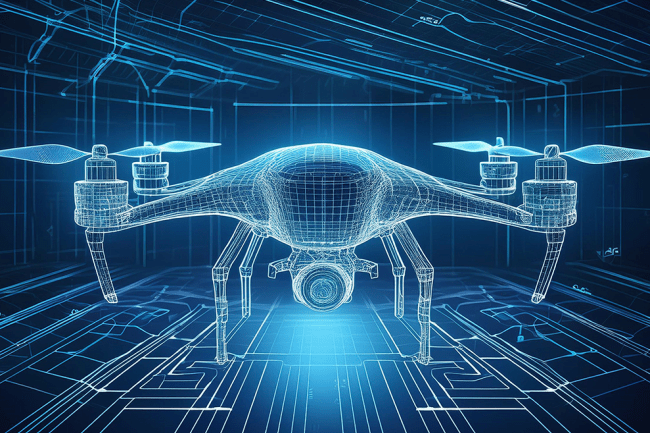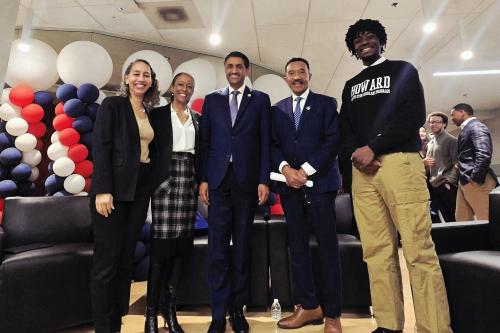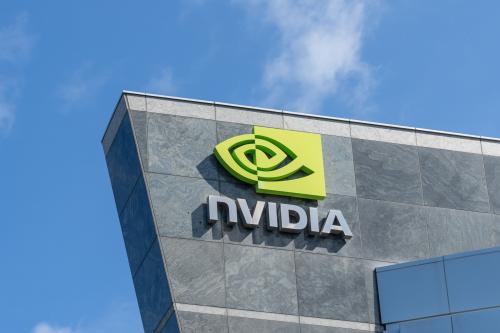A key component of Howard's research portfolio is the multi-year University Affiliated Research Center (UARC) contract, which positions the university at the forefront of tactical autonomy, artificial intelligence, and national security research.
The Howard UARC, officially named the Research Institute for Tactical Autonomy (RITA), is the first UARC funded by the U.S. Air Force. This designation not only enhances Howard’s research capacity but also plays a critical role in advancing national defense initiatives. The Howard UARC contract was secured in 2023.
“With the continued success of the UARC, Howard University is poised to further solidify its reputation as a premier research institution, reinforcing its legacy of excellence, leadership, and innovation,” said Sonya Smith, Ph.D., executive director of RITA and a trailblazer in mechanical and aerospace engineering.
The Howard UARC operates under a five-year, $90 million contract with the U.S. Air Force, receiving $18 million annually to support its research mission. The stability provided by the UARC funding model allows Howard University to expand its research capabilities beyond traditional grant cycles. This long-term investment is critical in attracting top-tier faculty, increasing the number of doctoral students, and expanding research infrastructure, ensuring that Howard remains a dominant force in tactical autonomy and AI research.
Research at Howard University, through the RITA UARC, is dedicated to developing and demonstrating autonomous technologies that support Air Force, Space Force, and Department of Defense missions. These technologies are designed to function with minimal human supervision in complex and unpredictable environments across multiple domains, including air, space, cyberspace, ground, and sea. By advancing autonomous capabilities, the UARC aims to enhance mission effectiveness and operational efficiency across the defense sector.

Tactical autonomy research encompasses multiple dimensions. A key research focus is “Trust in Mission Autonomy,” which involves developing theoretical and practical techniques to establish trust and shared understanding between autonomous systems and human operators. This is essential for battlefield operations, where AI-driven decision-making must be highly reliable. Another key area of research is improving battlefield collaboration between machine platforms and enhancing human-machine teaming.
Research conducted under the Howard UARC-RITA framework is designed to enhance critical national security capabilities, with a focus on:
- Enhancing multi-domain situational awareness to improve decision-making in contested environments.
- Reducing cognitive workload for military personnel operating autonomous systems.
- Enabling force protection by developing advanced defensive autonomy strategies.
- Supporting cyber defense through autonomous monitoring and threat mitigation.
- Augmenting logistics to streamline military operations and supply chain management.
- Automating maneuverability and mobility for improved autonomous system performance in battlefield conditions.
Beyond its research innovations, RITA is dedicated to strengthening the STEM pipeline for underrepresented students and professionals. This expansive initiative is also set to shape new curricula, degree programs, and research efforts. By collaborating with consortium schools —including Jackson State University, Hampton University, Tuskegee University, Bowie State University, Delaware State University, Florida Memorial University, Norfolk State University, and Tougaloo College — the Howard UARC is creating opportunities for scientists and engineers to lead in autonomy research.
.





